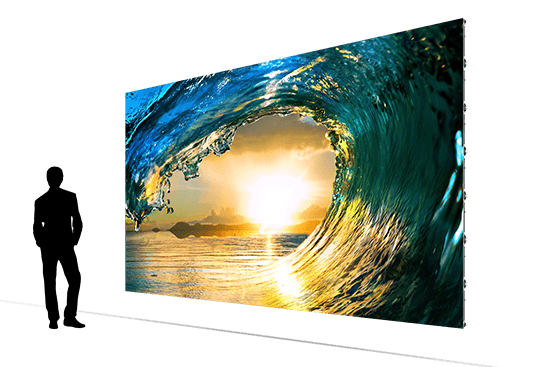Investigating The Way Definition Influences the Functionality and Visual Quality of Light Emitting Diode Walls in Contemporary Display Technology
Light Emitting Diode walls are growing increasingly popular in various settings, including concerts and athletic competitions to corporate presentations and creative exhibits. One of the key important factors that affect the functionality and image quality of these displays is resolution. Image resolution denotes the quantity of pixels that make up the visual on the display. Increased resolution means more picture elements, which can result in clearer and clear images. Grasping how image clarity impacts LED walls can assist operators make informed decisions about their screen requirements.When discussing resolution, it is essential to consider pixel pitch, which is the distance between the center of one pixel to the center of the next pixel. A reduced picture pitch yields a greater image clarity, enabling additional clarity in the visuals displayed. For instance, an LED screen with a picture spacing of 1.5mm will offer a sharper image than one with a pixel pitch of 3mm. This is particularly important in environments where viewers are close to the display, such as in a compact location or a trade event booth. In these cases, a greater image led wall panel color testing methods clarity can greatly improve the viewing experience.
Another aspect of resolution is its effect on hue precision and luminosity. LED screens with greater resolutions often have better color reproduction, indicating that the hues shown are increasingly vibrant and true to life. This is crucial for applications like advertising, where the goal is to capture interest and communicate a concept effectively. Additionally, higher resolution screens can preserve luminosity levels even when seen from different angles. This is important in large venues where audiences may be positioned at different ranges and angles from the screen.

The functionality of LED walls is also affected by image clarity in terms of refresh rates and response times. A higher resolution display can handle faster refresh rates, which is essential for dynamic content such as videos and motion graphics. This means that the images on the screen will appear smoother and more fluid, enhancing the overall viewing experience. In contrast, lower resolution displays may struggle with dynamic material, leading to fuzziness or delay. Therefore, for occasions that depend on dynamic images, selecting a screen with a appropriate image clarity is vital.
In summary, image clarity plays a crucial role in determining the performance and image clarity of LED screens. Elements such as picture spacing, color accuracy, brightness, refresh rates, and reaction durations all affect how efficiently a screen can convey data and engage viewers. As technology continues to advance, understanding these factors will assist operators choose the appropriate LED wall for their specific needs, ensuring that they obtain the optimal possible results in their presentations and events.